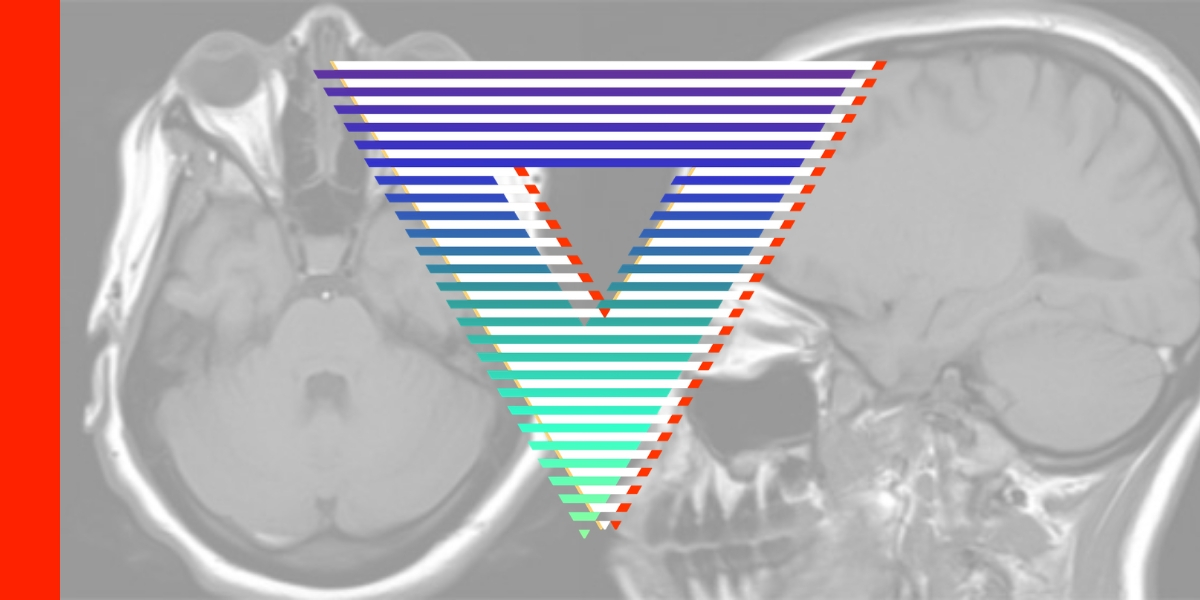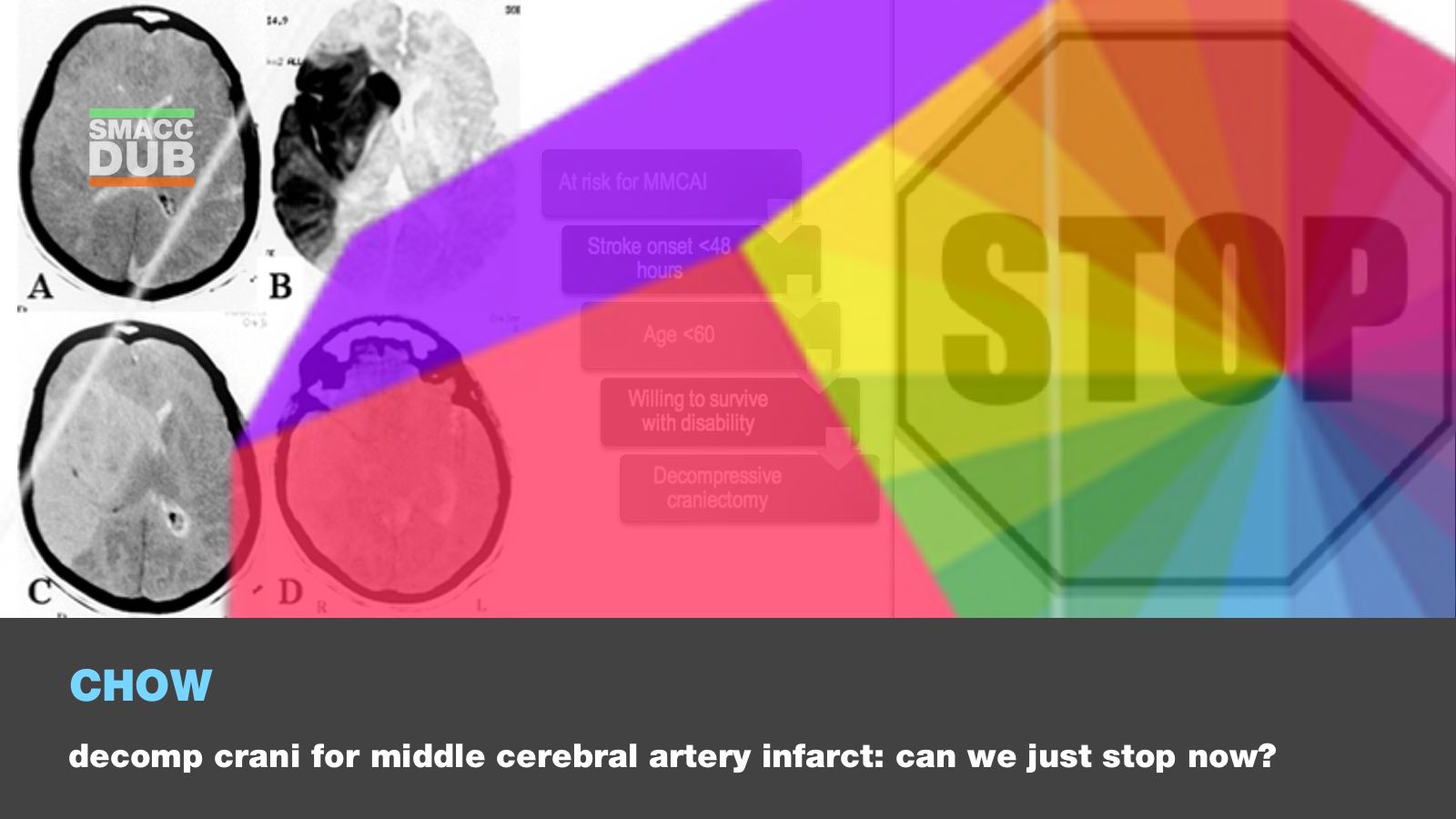When to Transfuse in Acute Brain Injury: Oli Flower & Simon Finfer
Simon Finfer argues that the transfusion threshold should be 70 g/L. Simon first raises the Choosing Wisely Guidelines for Critical Care.
These state that one should not transfuse red blood cells in haemodynamically stable patients with a haemoglobin concentration of greater than 70g/L.
He continues to discuss the application of this specifically to patients with an acute brain injury. In doing so he will talk about evidence generally and how one must approach the use of evidence in specific patient subgroups.
Simon continues by raising further research to justify his position.
Oli Flower on the other hand will take the position that the transfusion trigger should be 90g/L. He makes the point that this is the easy position to take. Essentially, he is just explaining why the critical care community does what it does!
As Oli explains, haemoglobin plays a pivotal role in providing oxygen to tissue. In the case of a brain injury, to prevent further injury, one must ensure continued supply of oxygen to said tissue.
Oli will lean on animal studies, human studies as well as trial data to support his position. The transfusion trigger is remarkable heterogeneous around the world and even within individual institutions and this drives critical care professionals mad.
So surely there must be a “right” number. Unfortunately, there is not, which is where understanding all the relevant aspects to the argument becomes important.
Join Oli and Simon as they debate on this important issue.
When to Transfuse in Acute Brain Injury: Oli Flower & Simon Finfer
For more like this, head to our podcast page. #CodaPodcast
Simon Finfer
Simon Finfer is a Pom who emigrated to Australia in 1993 to practice full time intensive care medicine. Despite being qualified 37 years and receiving a small NHS pension he still works as a bedside clinician and takes night calls. He loves his job because he works with fantastic people. He also designs and runs large clinical trials, writes papers and edits books. His current mission is to reduce the global burden of sepsis to which end he sits on the Board of the Global Sepsis Alliance, the Council of the International Sepsis Forum and established both the Australian Sepsis Network and the Asia Pacific Sepsis Alliance. He is a Professorial Fellow at The George Institute for Global Health and the Institute’s focus on equity and improving the health of underserved populations in both rich and poor countries aligns perfectly with his and with CODA. Simon lives on the outskirts of Sydney with his wife, sons, three horses, four chickens, three ducks and one dog.
Oliver Flower
Oliver Flower is a staff specialist in Intensive Care Medicine at Royal North Shore Hospital, Sydney. He, along with Roger Harris & Chris Nickson started SMACC and Coda; he came up with the name & logo, finding inspiration in a chewing gum packet, and is the driver behind the design, graphics, branding and marketing of SMACC and Coda. He is a believer in the power of the big crit care community and is a believer in Cadogan’s FOAMed ethos. He runs the educational and networking crit care website Intensive Care Network.





